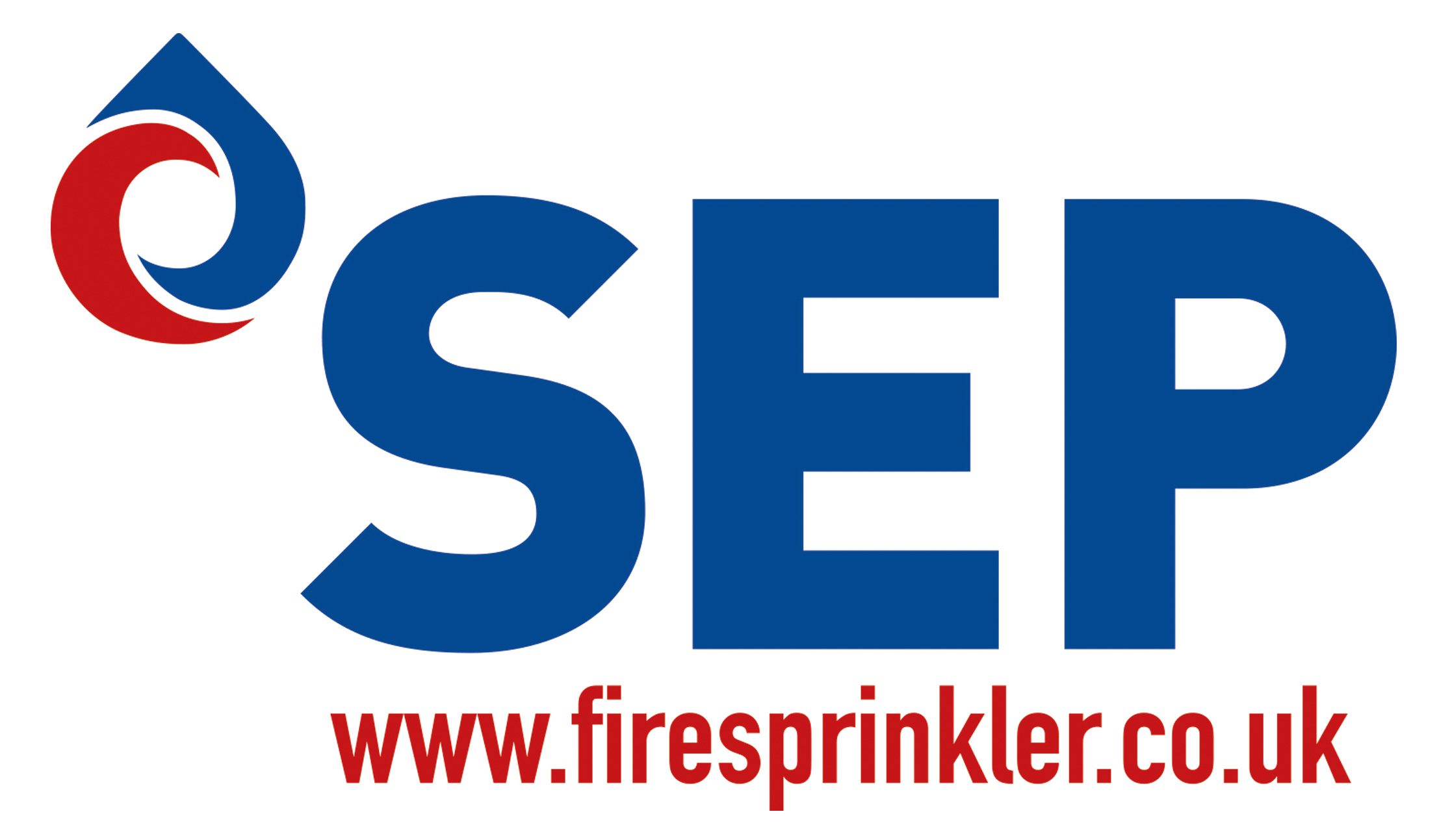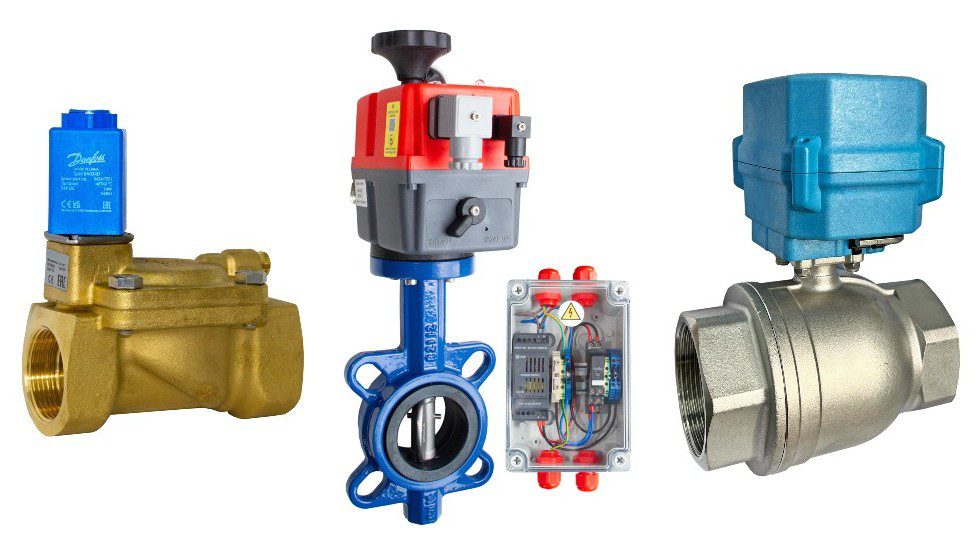One of the issues we often come across, since our foray into the Priority Demand Valve (PDV) market several years ago, is that they are often NOT installed by fire sprinkler engineers but installers from outside of the fire industry. This is simply because the purpose of a PDV is to stop the flow of water to the domestic system in the event of a fire sprinkler activation, and so it is installed on the domestic water system by a plumber rather than the sprinkler system by a fire sprinkler engineer.
This isn’t a problem as such, but perhaps there are terms and principles which some installers have not come across before, and perhaps we take knowledge for granted – so, without any intention to talk down to anyone, there are a few terms and principles which we thought it would be helpful to explain.
- Solenoid valve: the brass-coloured valve in the photo. A valve which is electrically controlled using an electromagnetic coil, they may be manufactured as NO or NC (see below), but this is not configurable by the user. The voltage of the coil (the black or blue block on top) is critical, and for our PDVs we use a 24VDC circuit for safety. Solenoid valves are compact and inexpensive, but they require a slight positive pressure to open and are therefore not suitable for tank-fed applications; unlike some other valves, you cannot see if they are open or closed, and they cannot be overridden unless you have a special solenoid valve magnet.
- Actuated ball valve: the silver-coloured valve in the photo. These valves have a hole in a ball inside, and the position of this ball determines if the valve is open or closed; ‘actuated’ just means ‘powered’, and for this there is a motor and small power supply in the blue block on top. They are bigger and more expensive than solenoid valves, but they will open without any positive pressure, there is a position indicator, and they can be overridden in an emergency.
- Actuated butterfly valve: the blue-coloured valve in the photo. These valves have a ‘paddle’ to open/close which could look a little like a butterfly; ‘actuated’ just means ‘powered’, and for this there is a motor and backup battery in the red box on top. They are usually for larger-sized pipes above 2”/DN50, and therefore more expensive; but again they will open without any positive pressure, there is a position indicator, and they can be overridden in an emergency.
- Normally open (NO) vs normally closed (NC): these terms can be used for various controls and circuits, but as far as valves go (whether solenoid valves, or our actuated ball or butterfly valves), the word ‘normally’ refers to the valve’s standing state when there is no power to it. So, if the power is cut to a ‘NC’ valve, it will close (if not closed already ); if the power is cut to a ‘NO’ valve then it will open (if not open already). There may be confusion here with the state the valve is in ‘most of the time’ (i.e. ‘usually’)… the confusion being that a ‘normally closed’ PDV is in fact usually open!
- A PDV is always NC, because BS9251:2021 (the residential sprinkler system standard) defines it as such (i.e. the valve must close on loss of power). A PDV which is ‘NO’ is not actually a PDV, although it is still a valid type of control valve. Watermist systems often require the use of NO (solenoid) valves, and we regularly supply these, but they are non-standard PDVs.
- Monitored valve: any valve which has the capability of signalling (to an alarm or control panel) whether it is open or closed, usually by way of additional wiring. Both the actuated ball valves and actuated butterfly valves that we use can be monitored, but not the solenoid valves.
- Flow switch: a device commonly used in fire sprinkler systems to signal to an alarm system that water is flowing through a pipe…the intention being that when a sprinkler head activates, water must flow through the pipe, and this then activates an alarm and maybe also a fire pump. BS9251:2021 mandates the use of a flow switch for this purpose; they are not optional. For the purposes of PDV installation, not all flow switches are equal (and not all are suitable) – to work properly, the fire sprinkler flow switch must have a ‘normally closed’ connection (this is not the same ‘normally closed’ referred to above, sorry about that!), and ideally two sets of switch contacts, and Potter would be the standard switch that we recommend and supply.
- PDV temporary loop: often, a PDV is installed before the sprinkler system, and therefore before a flow switch. In this case there will be a requirement for a temporary loop in place of the flow switch connection, to allow the PDV to open. This is not a problem BUT the temporary loop must be clearly labelled AND removed once the flow switch is installed.
We hope that the above has helped to de-mystify some of the terms we use daily and take for granted that everyone knows. If you have any questions at all about the above, or about our Priority Demand Valves or flow switches, then please do Contact Us .

